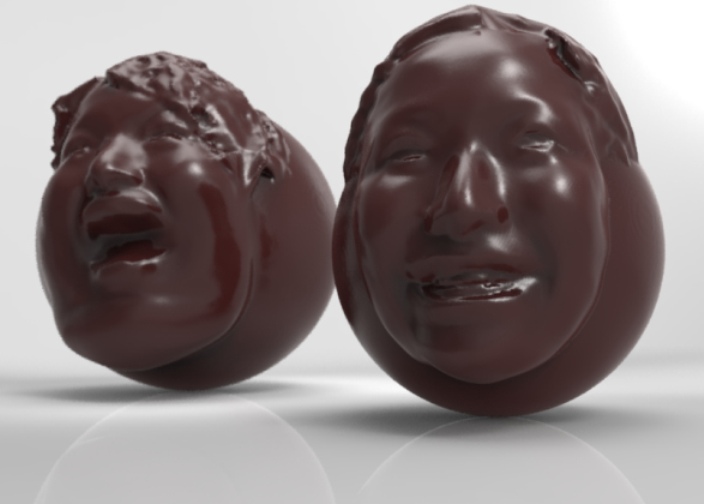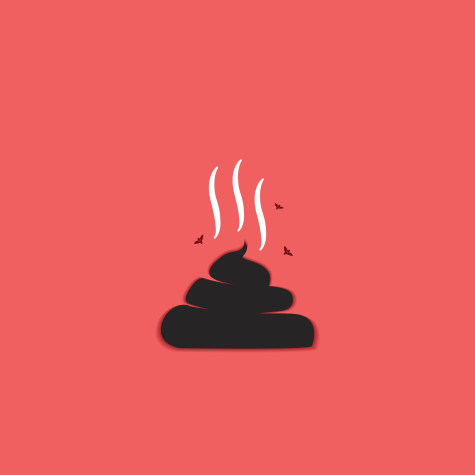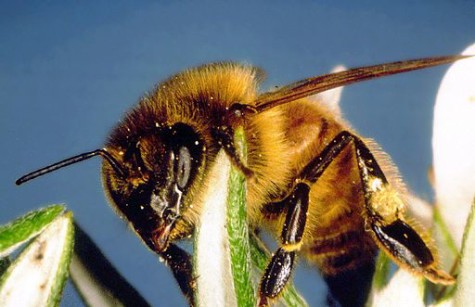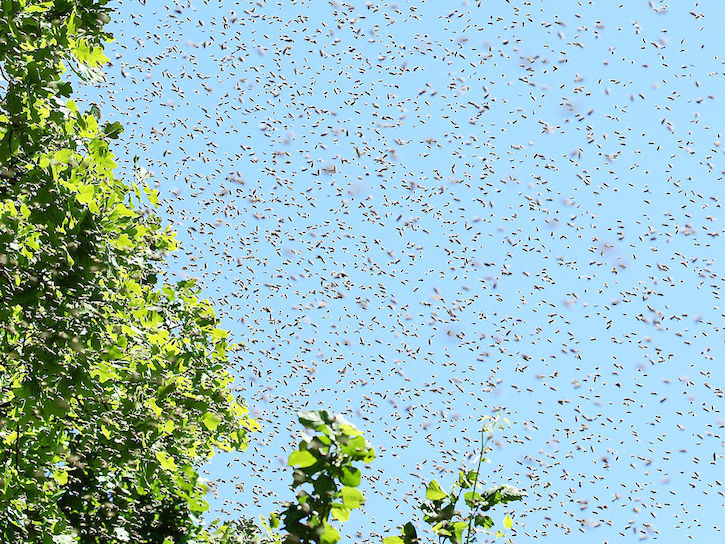 Who doesn’t love hijinks? Last week, science journalist John Bohannon brought the hijinks. He wrote on io9.com about how he joined a sting operation designed to reveal the lightning-quick path from bad science – about fad diets – to big headlines. Here’s the short version. They ran a short clinical trial on 16 volunteers, collected some data, and a statistician abused the data until a statistically significant result popped out. It was juicy: Eating chocolate can accelerate weight loss! Science says so!
Who doesn’t love hijinks? Last week, science journalist John Bohannon brought the hijinks. He wrote on io9.com about how he joined a sting operation designed to reveal the lightning-quick path from bad science – about fad diets – to big headlines. Here’s the short version. They ran a short clinical trial on 16 volunteers, collected some data, and a statistician abused the data until a statistically significant result popped out. It was juicy: Eating chocolate can accelerate weight loss! Science says so!
The finding was sensational, counterintuitive, and flashy. They’d followed what Bohannon calls “recipe for false positives,” and found a zinger. In short order, the tricksters published their findings. They whipped up a press release and let the hijinks unfold. The first few lines of Bohannon’s story tell us that the subsequent reportage was an unequivocal triumph: “It made the front page of Bild, Europe’s largest daily newspaper, just beneath their update about the Germanwings crash. From there, it ricocheted around the internet and beyond, making news in more than 20 countries and half a dozen languages.” He told NPR: “My goal was to show that scientists who do a bad job and get their work published can end up making headlines because it’s us — journalists like you and me — who are failing.”
When I first clicked on the story, I didn’t read it very closely. Continue reading






